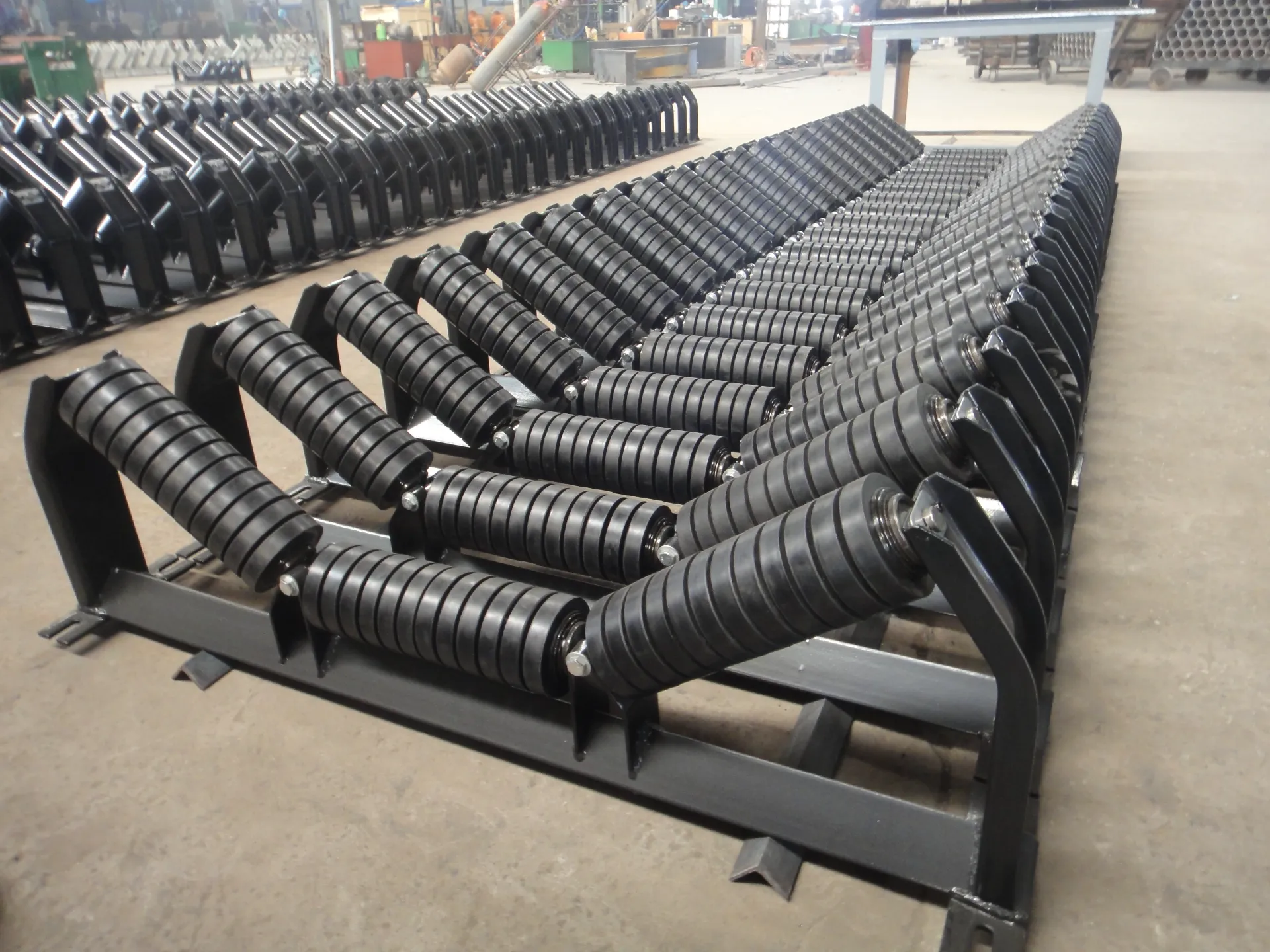 Afrikaans
Afrikaans  Albanian
Albanian  Amharic
Amharic  Arabic
Arabic  Armenian
Armenian  Azerbaijani
Azerbaijani  Basque
Basque  Belarusian
Belarusian  Bengali
Bengali  Bosnian
Bosnian  Bulgarian
Bulgarian  Catalan
Catalan  Cebuano
Cebuano  Corsican
Corsican  Croatian
Croatian  Czech
Czech  Danish
Danish  Dutch
Dutch  English
English  Esperanto
Esperanto  Estonian
Estonian  Finnish
Finnish  French
French  Frisian
Frisian  Galician
Galician  Georgian
Georgian  German
German  Greek
Greek  Gujarati
Gujarati  Haitian Creole
Haitian Creole  hausa
hausa  hawaiian
hawaiian  Hebrew
Hebrew  Hindi
Hindi  Miao
Miao  Hungarian
Hungarian  Icelandic
Icelandic  igbo
igbo  Indonesian
Indonesian  irish
irish  Italian
Italian  Japanese
Japanese  Javanese
Javanese  Kannada
Kannada  kazakh
kazakh  Khmer
Khmer  Rwandese
Rwandese  Korean
Korean  Kurdish
Kurdish  Kyrgyz
Kyrgyz  Lao
Lao  Latin
Latin  Latvian
Latvian  Lithuanian
Lithuanian  Luxembourgish
Luxembourgish  Macedonian
Macedonian  Malgashi
Malgashi  Malay
Malay  Malayalam
Malayalam  Maltese
Maltese  Maori
Maori  Marathi
Marathi  Mongolian
Mongolian  Myanmar
Myanmar  Nepali
Nepali  Norwegian
Norwegian  Norwegian
Norwegian  Occitan
Occitan  Pashto
Pashto  Persian
Persian  Polish
Polish  Portuguese
Portuguese  Punjabi
Punjabi  Romanian
Romanian  Russian
Russian  Samoan
Samoan  Scottish Gaelic
Scottish Gaelic  Serbian
Serbian  Sesotho
Sesotho  Shona
Shona  Sindhi
Sindhi  Sinhala
Sinhala  Slovak
Slovak  Slovenian
Slovenian  Somali
Somali  Spanish
Spanish  Sundanese
Sundanese  Swahili
Swahili  Swedish
Swedish  Tagalog
Tagalog  Tajik
Tajik  Tamil
Tamil  Tatar
Tatar  Telugu
Telugu  Thai
Thai  Turkish
Turkish  Turkmen
Turkmen  Ukrainian
Ukrainian  Urdu
Urdu  Uighur
Uighur  Uzbek
Uzbek  Vietnamese
Vietnamese  Welsh
Welsh  Bantu
Bantu  Yiddish
Yiddish  Yoruba
Yoruba  Zulu
Zulu idler roller price
Understanding Idler Roller Prices Factors and Insights
In various industries, idler rollers play a crucial role in the smooth operation of conveyor systems and machinery. These cylindrical components support the weight of conveyed materials, help maintain belt tension, and ensure efficient movement within production lines. As a result, understanding the pricing of idler rollers is essential for businesses looking to optimize their operations and manage costs effectively.
What are Idler Rollers?
Idler rollers are non-powered rollers that are commonly used in belt conveyor systems. They help guide and support the conveyor belt, allowing it to operate smoothly and efficiently. Idler rollers come in various sizes and materials, with options ranging from lightweight plastic to heavy-duty steel. The choice of roller affects not only the performance of the conveyor system but also its longevity and maintenance requirements.
Factors Influencing Idler Roller Prices
1. Material Composition The material used to manufacture idler rollers significantly influences their price. Plastic rollers are generally less expensive compared to steel rollers. However, steel rollers, despite their higher initial cost, often offer better durability and longevity, leading to lower replacement costs over time.
2. Size and Configuration Idler rollers come in various diameters and lengths. Larger rollers tend to have higher prices due to the increased material costs and additional engineering involved in their design. Additionally, specialized configurations, such as tapered or crowned rollers, can also affect pricing due to the complexity of their production.
3. Manufacturing Techniques The method used to produce idler rollers plays a critical role in their pricing. Advanced manufacturing techniques, such as precision machining and automation, can increase production efficiency and reduce costs. However, these methods often involve higher upfront investments, which may be reflected in the final price of the rollers.
idler roller price

4. Load Capacity Idler rollers are designed to handle different weight capacities. Rollers with higher load capacities often utilize more robust materials and construction techniques, which can lead to increased prices. For businesses that handle heavier loads, investing in high-capacity rollers may be necessary despite the higher initial costs.
5. Customization Custom idler rollers designed to fit specific systems or applications will generally be priced higher than standard models. Customized solutions may involve bespoke engineering, specific material requirements, and tailored configurations, all of which contribute to increased manufacturing costs.
6. Brand and Quality The brand reputation and the quality assurance standards of the manufacturer can also greatly influence idler roller prices. Established brands that are known for their durability and performance might charge a premium for their products. However, opting for cheaper alternatives may result in higher maintenance costs and shortened product lifespan.
7. Market Demand and Supply Economic fluctuations, changes in industry demand, and supply chain issues can affect prices. For instance, during a surge in construction or mining activity, demand for conveyor components, including idler rollers, can increase, potentially leading to higher prices. Similarly, supply disruptions can cause shortages that drive costs up.
8. Purchase Volume Like many industrial components, purchasing idler rollers in bulk may lead to significant cost savings. Suppliers often offer discounts for large orders, allowing businesses to reduce their per-unit costs and improve overall budgeting for their projects.
Conclusion
The price of idler rollers is influenced by a complex interplay of factors, including material composition, size, manufacturing methods, load capacity, brand reputation, and broader market dynamics. Businesses must consider these variables when selecting idler rollers to ensure they find the best balance between cost and performance. In many cases, investing in higher-quality rollers may lead to lower overall costs through enhanced durability and reduced maintenance needs over time.
When evaluating idler roller prices, it is essential to conduct thorough research, compare different suppliers, and consider long-term implications. By making informed decisions, companies can optimize their conveyor systems and ultimately improve their operational efficiency and bottom line. Whether for a small-scale operation or a large industrial facility, understanding the pricing landscape for idler rollers is vital for success in today’s competitive market.
-
Revolutionizing Conveyor Reliability with Advanced Rubber Lagging PulleysNewsJul.22,2025
-
Powering Precision and Durability with Expert Manufacturers of Conveyor ComponentsNewsJul.22,2025
-
Optimizing Conveyor Systems with Advanced Conveyor AccessoriesNewsJul.22,2025
-
Maximize Conveyor Efficiency with Quality Conveyor Idler PulleysNewsJul.22,2025
-
Future-Proof Your Conveyor System with High-Performance Polyurethane RollerNewsJul.22,2025
-
Driving Efficiency Forward with Quality Idlers and RollersNewsJul.22,2025





























